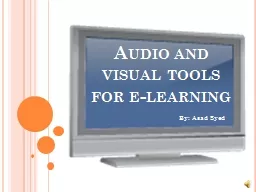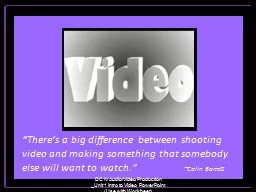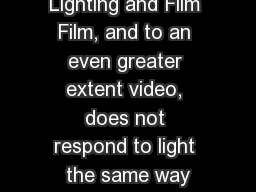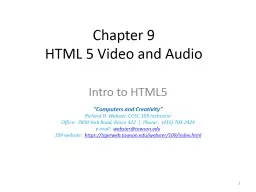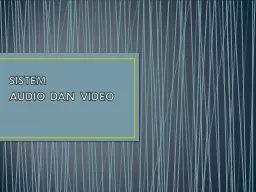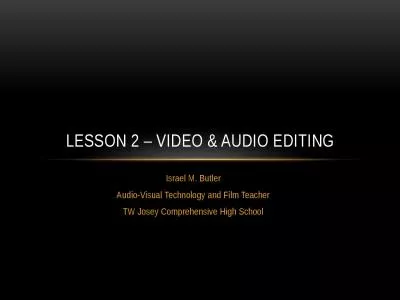PPT-Audio, Video and Lighting
Author : dardtang | Published Date : 2020-08-06
Justin Trieger Director of New Media and Distance Learning New World Symphony Microphones Types Dynamic contains a diaphragm or coil inside of a magnetic field
Presentation Embed Code
Download Presentation
Download Presentation The PPT/PDF document "Audio, Video and Lighting" is the property of its rightful owner. Permission is granted to download and print the materials on this website for personal, non-commercial use only, and to display it on your personal computer provided you do not modify the materials and that you retain all copyright notices contained in the materials. By downloading content from our website, you accept the terms of this agreement.
Audio, Video and Lighting: Transcript
Download Rules Of Document
"Audio, Video and Lighting"The content belongs to its owner. You may download and print it for personal use, without modification, and keep all copyright notices. By downloading, you agree to these terms.
Related Documents



